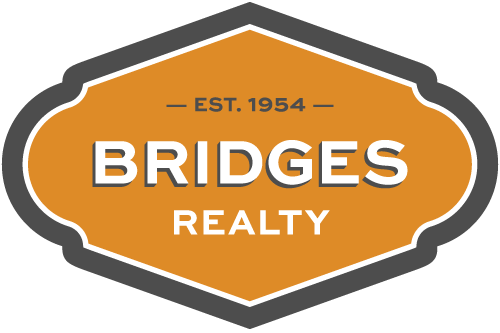While updating and remodeling certainly make a home more enjoyable and livable and increase the value, homeowners should not expect to recover 100% of the remodeling cost. Although remodeling and updating certainly make a home sell faster, some of the expenditures will not return their total cost, although some return more than others.
Exterior home improvement projects rank 11 out of the top 12 for the highest return on investment for homeowners, according to Remodeling magazine's 34th annual report.
The top two places included a garage door replacement and manufactured stone veneer, which estimated a 94% and 92% cost recovery. The choice of materials slightly affected the cost recovery, such as siding replacement varied from 69% for fiber cement and 68% for vinyl. Similarly, vinyl window replacement inched out wood by 69% and 68%, respectively.
Other outside improvements included steel entry door replacement at 65%, wood deck addition at 63%, and asphalt roofing replacement at 61%. In the top twelve, the lone interior improvement was a minor kitchen remodeling at 72%.
Repairs to a home are necessary to maintain the livability of the home and the fair market value. As homes age, improvements are significant expenses that update the house and give it the feel of a newer property.
Some improvements are for purely personal enjoyment, such as putting in a high-end, professional-grade gas cooktop. If the homeowner is a foodie and enjoys cooking, this could bring much joy, but buyers may not add the increased value over a midrange cooktop commensurate with the home's value.
If a homeowner has been using a bedroom for an office, sometimes, the agent might recommend that they return it to a bedroom so that people can recognize it for what it is. Even though this isn't a far stretch of the imagination, professional stagers would probably agree.
On the other hand, if the functionality of a bedroom had been changed, such as to be a great master closet for the adjoining bedroom, it could affect the value negatively. If most typical buyers for that home value the transformed bedroom more, they might discount the price by the cost to make the conversion back to its intended use.
Before embarking on remodeling projects, one major question is how long you intend to stay in the home? The longer you will be in the home, the more opportunity you must personally enjoy the improvements. This is especially important if the expected return on the cost is negligible.
Another consideration should be to determine if you are overbuilding the neighborhood. There is a principle in appraisals called conformity. All homes in a neighborhood should be of similar size, quality, and amenities. Overbuilt homes will be brought down in value by the smaller ones. Conversely, smaller homes could be elevated in value based on most homes being more expensive in that neighborhood.
If an investor were doing a fix and flip, they could evaluate a situation and decide what to do to a home to maximize the value. However, it isn't the same thing for homeowners because they live in the house and don't consider the return on investment the same way as an investor.
Homeowners certainly want to recapture as much as they can. Still, realistically, they need to consider a personal cost to most improvements that will not be reflected in the final sales price. The popularity of Remodeling magazine's annual cost vs. value report gives homeowners an idea of what they can expect to recapture.
One final thought. Homeowners should keep track of the money they spend on improvements because it raises the basis of their home, which will lower the gain. Many homeowners neglect to make a record because this calculation isn't made for an unknown number of years into the future. When they need the number, they either estimate or forget about the expenditure.
A capital gains register is a valuable document that can be kept with your important papers.

